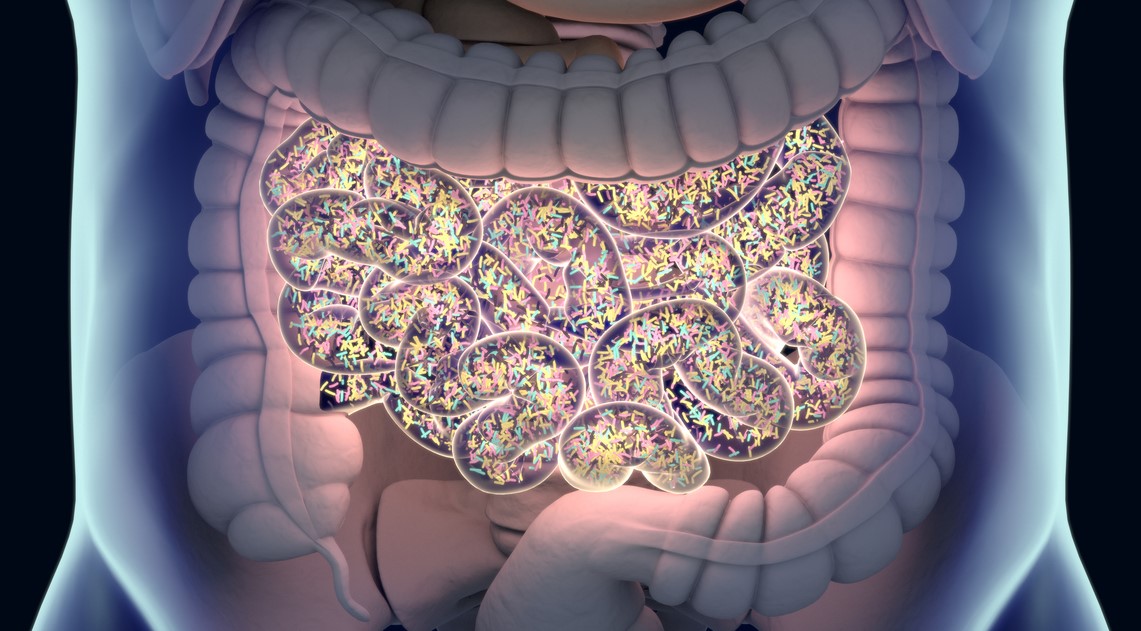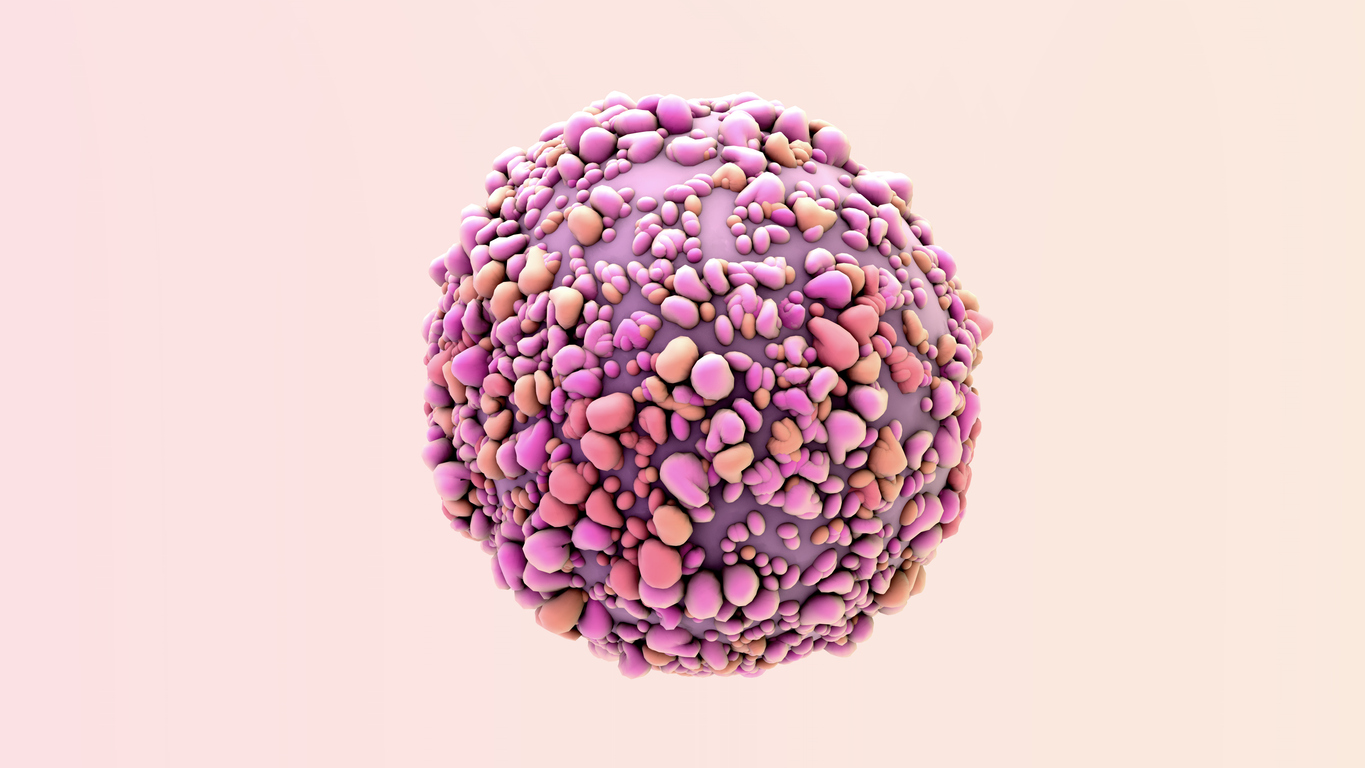Press reviews
By Lila Rouland | Published on November 6, 2025 | 3 min read
Localized (non-metastatic) prostate cancer affects a large male population and generally carries a good prognosis. However, patients remain at elevated risk of all-cause mortality, often due to comorbidities such as cardiovascular disease.
Diet is known to influence the course of many chronic illnesses, but its...
Localized (non-metastatic) prostate cancer affects a large male population and generally carries a good prognosis. However, patients remain at elevated risk of all-cause mortality, often due to comorbidities such as cardiovascular disease.
Diet is known to influence the course of many chronic illnesses, but its...
Read more

By Lila Rouland | Published on November 6, 2025 | 3 min read
Prostate cancer is the second most common cancer in men worldwide. Its incidence varies greatly depending on geography, ethnicity, and, most importantly, lifestyle factors, particularly diet. This review explores how fats, proteins, carbohydrates, vitamins, and phytonutrients influence the development and progre...
Prostate cancer is the second most common cancer in men worldwide. Its incidence varies greatly depending on geography, ethnicity, and, most importantly, lifestyle factors, particularly diet. This review explores how fats, proteins, carbohydrates, vitamins, and phytonutrients influence the development and progre...
Read more

2025-11-05
Do vitamins protect against or promote prostate cancer? a matter of source and dosage
Oncology
By Lila Rouland | Published on November 5, 2025 | 3 min read
Prostate cancer (PCa) is the fifth leading cause of cancer-related death among men worldwide. While traditional risk factors (age, ethnicity, metabolic syndrome) are well established, the role of vitamins in prostate cancer prevention remains controversial. Some studies suggest a protective effect, while others indicate a...
Prostate cancer (PCa) is the fifth leading cause of cancer-related death among men worldwide. While traditional risk factors (age, ethnicity, metabolic syndrome) are well established, the role of vitamins in prostate cancer prevention remains controversial. Some studies suggest a protective effect, while others indicate a...
Read more

By Lila Rouland | Published on November 4, 2025 | 3 min read
Prostate cancer is the second most common malignant tumor in men. Despite therapeutic advances, post-diagnostic management remains a major challenge, particularly regarding modifiable factors such as diet. While plant-based foods are known for their role in primary prevention, their impact on disease progression after diag...
Prostate cancer is the second most common malignant tumor in men. Despite therapeutic advances, post-diagnostic management remains a major challenge, particularly regarding modifiable factors such as diet. While plant-based foods are known for their role in primary prevention, their impact on disease progression after diag...
Read more

By Carolina Lima | Published on November 4, 2025 | 3 min read
Prostate cancer (PCa) remains one of the most prevalent cancers in men worldwide, often progressing to treatment-resistant stages. In recent years, curcumin—a polyphenolic compound derived from Curcuma longa has gained attention for its multi-targeted anticancer properties. A recent systematic review published in BMC Can...
Prostate cancer (PCa) remains one of the most prevalent cancers in men worldwide, often progressing to treatment-resistant stages. In recent years, curcumin—a polyphenolic compound derived from Curcuma longa has gained attention for its multi-targeted anticancer properties. A recent systematic review published in BMC Can...
Read more

By Lila Rouland | Published on November 3, 2025 | 3 min read
Prostate cancer is the second most common malignant tumor in men and the fifth leading cause of cancer-related death worldwide. Despite therapeutic advances, prevention and mortality reduction strategies remain limited. Among modifiable factors, diet has attracted growing interest. In particular, polyunsaturated omega-3 fa...
Prostate cancer is the second most common malignant tumor in men and the fifth leading cause of cancer-related death worldwide. Despite therapeutic advances, prevention and mortality reduction strategies remain limited. Among modifiable factors, diet has attracted growing interest. In particular, polyunsaturated omega-3 fa...
Read more

By Lila Rouland | Published on October 31, 2025 | 3 min read
Breast cancer, the leading cause of cancer-related death among women worldwide, is particularly feared for its ability to spread and form metastases. While tumor and immune factors involved in this process are well established, the role of the tumor microbiome, especially intracellular bacteria, remains largely unexpl...
Breast cancer, the leading cause of cancer-related death among women worldwide, is particularly feared for its ability to spread and form metastases. While tumor and immune factors involved in this process are well established, the role of the tumor microbiome, especially intracellular bacteria, remains largely unexpl...
Read more

By Carolina Lima | Published on October 30, 2025 | 3 min read
In today’s fast-paced and often isolating world, the mental health of adolescents is under increasing strain with depression and anxiety becoming alarmingly common among young people. While treatment is important, prevention is key. One promising approach is strengthening the emotional bonds students have with their schoo...
In today’s fast-paced and often isolating world, the mental health of adolescents is under increasing strain with depression and anxiety becoming alarmingly common among young people. While treatment is important, prevention is key. One promising approach is strengthening the emotional bonds students have with their schoo...
Read more

By Ana Espino | Published on October 30, 2025 | 3 min read
Triple-negative breast cancer (TNBC) is one of the most aggressive and heterogeneous forms of breast cancer. Lacking hormone receptors and HER2 overexpression, it escapes conventional targeted therapies, greatly limiting treatment options. Moreover, despite recent advances in immunotherapy, early relapse rates and morta...
Triple-negative breast cancer (TNBC) is one of the most aggressive and heterogeneous forms of breast cancer. Lacking hormone receptors and HER2 overexpression, it escapes conventional targeted therapies, greatly limiting treatment options. Moreover, despite recent advances in immunotherapy, early relapse rates and morta...
Read more

By Ana Espino | Published on October 29, 2025 | 2 min read
Triple-negative breast cancer (TNBC) is one of the most aggressive subtypes of breast cancer, often affecting younger women. It is characterized by the absence of hormone receptors and HER2 overexpression, as well as a strong propensity for early metastatic relapse—especially within the first few years after diagnosis....
Triple-negative breast cancer (TNBC) is one of the most aggressive subtypes of breast cancer, often affecting younger women. It is characterized by the absence of hormone receptors and HER2 overexpression, as well as a strong propensity for early metastatic relapse—especially within the first few years after diagnosis....
Read more

By Ana Espino | Published on October 29, 2025 | 3 min read
Triple-negative breast cancer (TNBC) is an aggressive form of the disease, often diagnosed in young women, that does not respond to hormone therapy or HER2-targeted treatments. Therapeutic options are mainly limited to cytotoxic chemotherapy, which shows variable efficacy and notable side effects. Among the available ag...
Triple-negative breast cancer (TNBC) is an aggressive form of the disease, often diagnosed in young women, that does not respond to hormone therapy or HER2-targeted treatments. Therapeutic options are mainly limited to cytotoxic chemotherapy, which shows variable efficacy and notable side effects. Among the available ag...
Read more

By Ana Espino | Published on October 28, 2025 | 3 min read
Triple-negative breast cancer (TNBC) accounts for about 15% of all breast cancers. Its prognosis is poor, particularly in the metastatic stage. Its biology—characterized by the absence of hormone receptors (ER, PR) and HER2—limits the effectiveness of conventional targeted therapies. In addition, recurrence is common,...
Triple-negative breast cancer (TNBC) accounts for about 15% of all breast cancers. Its prognosis is poor, particularly in the metastatic stage. Its biology—characterized by the absence of hormone receptors (ER, PR) and HER2—limits the effectiveness of conventional targeted therapies. In addition, recurrence is common,...
Read more

2025-10-27
What if physical exercise were the key to clearing “chemo brain” after breast cancer?
Oncology
By Lila Rouland | Published on October 27, 2025 | 3 min read
Breast cancer, affecting more than 2.3 million women each year, often leads to lasting aftereffects well beyond treatment. Among them, cancer-related cognitive impairment (CRCI) affects up to 70% of patients, with symptoms such as memory loss, difficulty concentrating, and mental slowing—often described as “chemo brain.”...
Breast cancer, affecting more than 2.3 million women each year, often leads to lasting aftereffects well beyond treatment. Among them, cancer-related cognitive impairment (CRCI) affects up to 70% of patients, with symptoms such as memory loss, difficulty concentrating, and mental slowing—often described as “chemo brain.”...
Read more

By Ana Espino | Published on October 27, 2025 | 3 min read
Although breast cancer is being treated more and more effectively, it often leaves significant physical aftereffects following surgery: chronic pain, upper-limb lymphedema, loss of mobility, and persistent fatigue. These symptoms directly affect quality of life and the return to independence. Yet, functional rehabilitat...
Although breast cancer is being treated more and more effectively, it often leaves significant physical aftereffects following surgery: chronic pain, upper-limb lymphedema, loss of mobility, and persistent fatigue. These symptoms directly affect quality of life and the return to independence. Yet, functional rehabilitat...
Read more

By Ana Espino | Published on October 24, 2025 | 3 min read
Breast cancer is the most common malignancy among women worldwide. Despite major therapeutic advances, a substantial proportion of patients remain at risk of relapse, particularly those with residual disease after neoadjuvant therapy. Residual disease is a strong prognostic factor for early recurrence, especially in agg...
Breast cancer is the most common malignancy among women worldwide. Despite major therapeutic advances, a substantial proportion of patients remain at risk of relapse, particularly those with residual disease after neoadjuvant therapy. Residual disease is a strong prognostic factor for early recurrence, especially in agg...
Read more
